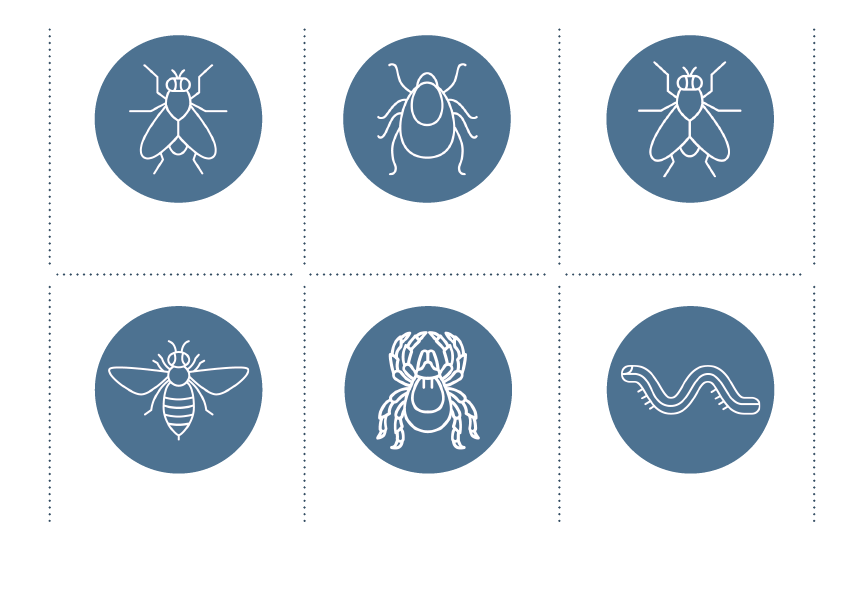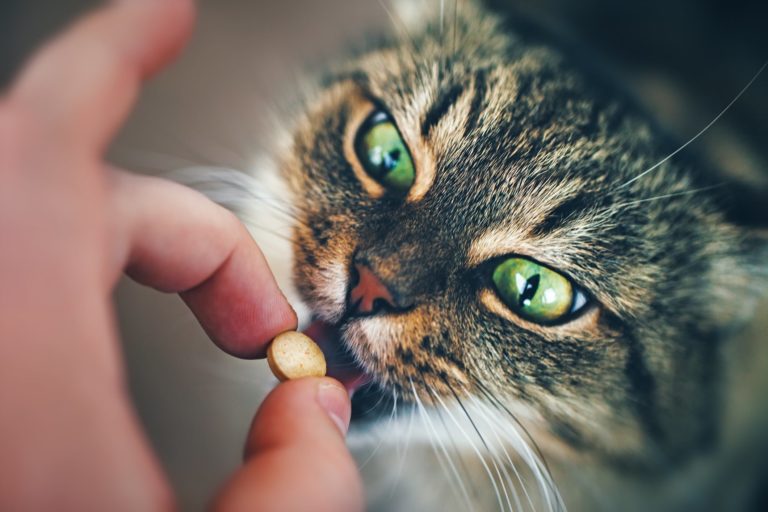There’s nearly one pet in a household for every human living in the United States. According to a 2017-2018 survey, there are more than 180 million dogs and cats living in homes around the country. On top of that, there are tens of millions of other pets like birds, horses, rodents, and rabbits that are a part of families’ lives. This is all to say that there are a lot of pets at risk of developing issues at the hands of the billions of pests that exist in nature. These pets then need to visit the veterinarian and get treated before the most severe effects—like comas and death—onset.
But how much do you know about the various pests that can harm your beloved animals? Let’s take a look at the various types of insects, parasites, and annoyances for our pets and how we can best treat them and prevent the infestations from even happening in the first place.



